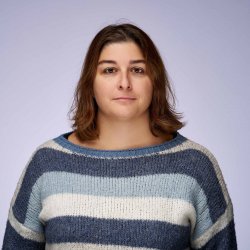Moritella viscosa and Tenacibaculum spp. are considered the most significant bacteria underlying ulcer development in sea-farmed Norwegian salmon. For both of these, however, recent research at the Norwegian Veterinary Institute has revealed that while several different variants occur along the Norwegian coast, only a few are regularly recovered from salmon with ulcers. Some changes over time have also been documented in terms of which variant(s) dominate the clinical picture. In addition, the bacterium Aliivibrio wodanis is to some extent also associated with such ulcer conditions, but this species has been far less studied than the two previously mentioned.
In this project, the genetic variation among populations of M. viscosa and Tenacibaculum spp. in seawater samples from selected salmon farms will be mapped over the course of one year, with the results then to be compared with findings from salmon with ulcers. In addition to the PCR-based mapping of seawater, bioinformatic analysis of whole genome sequences from M. viscosa, Tenacibaculum spp. and A. wodanis isolates will enable the identification of genetic factors of importance for ulcer development. Methodology for locating the bacteria within infected tissues will also be developed.
Partners
- Lerøy Seafood Group
- Grieg Seafood





